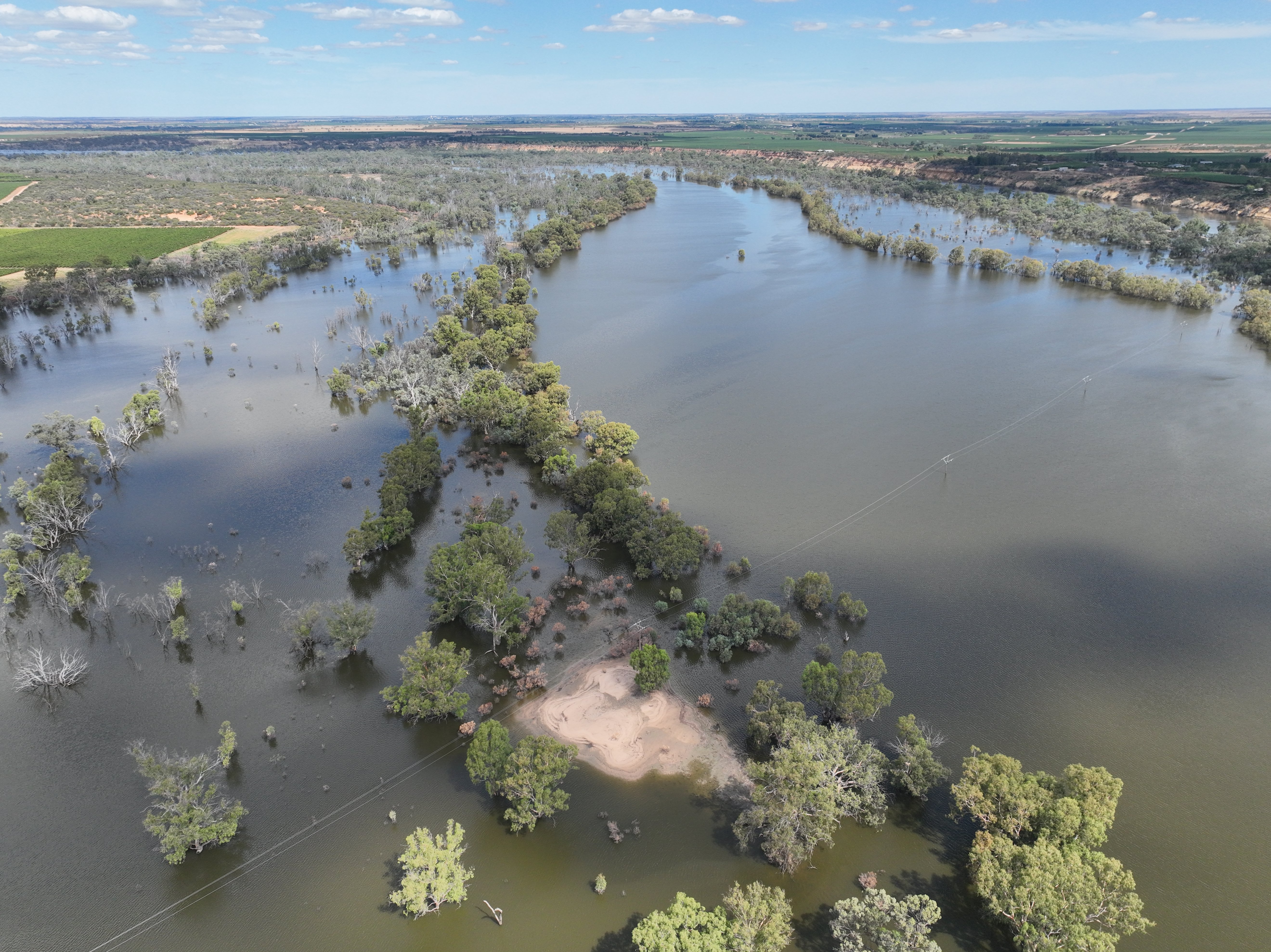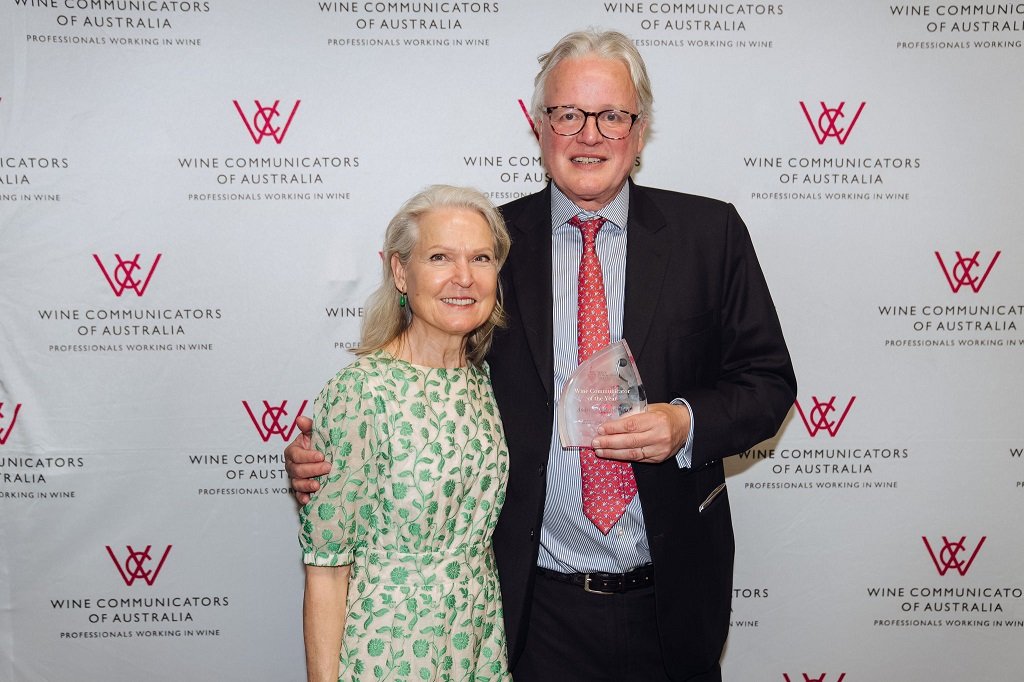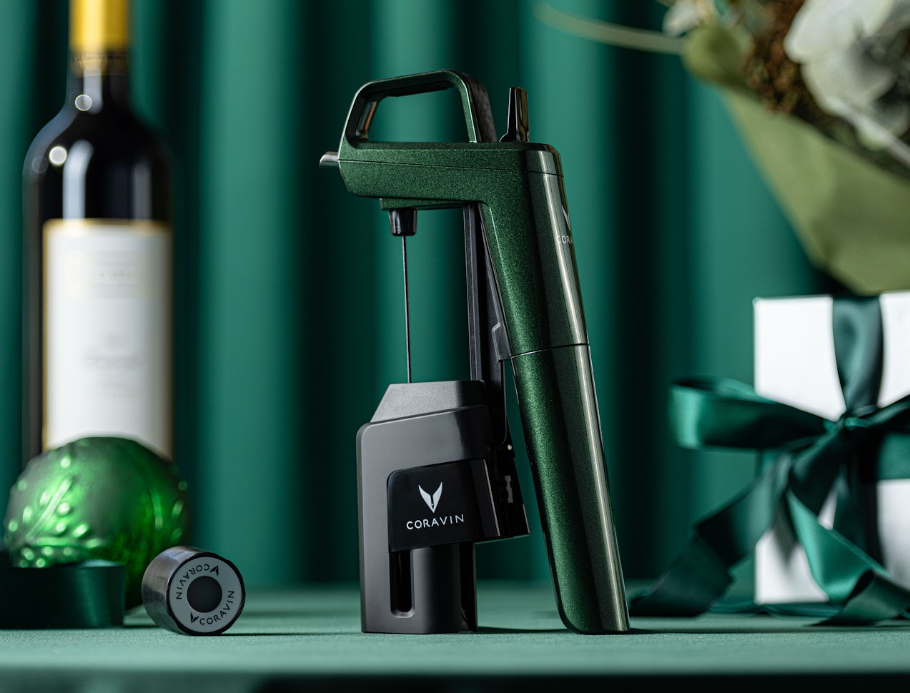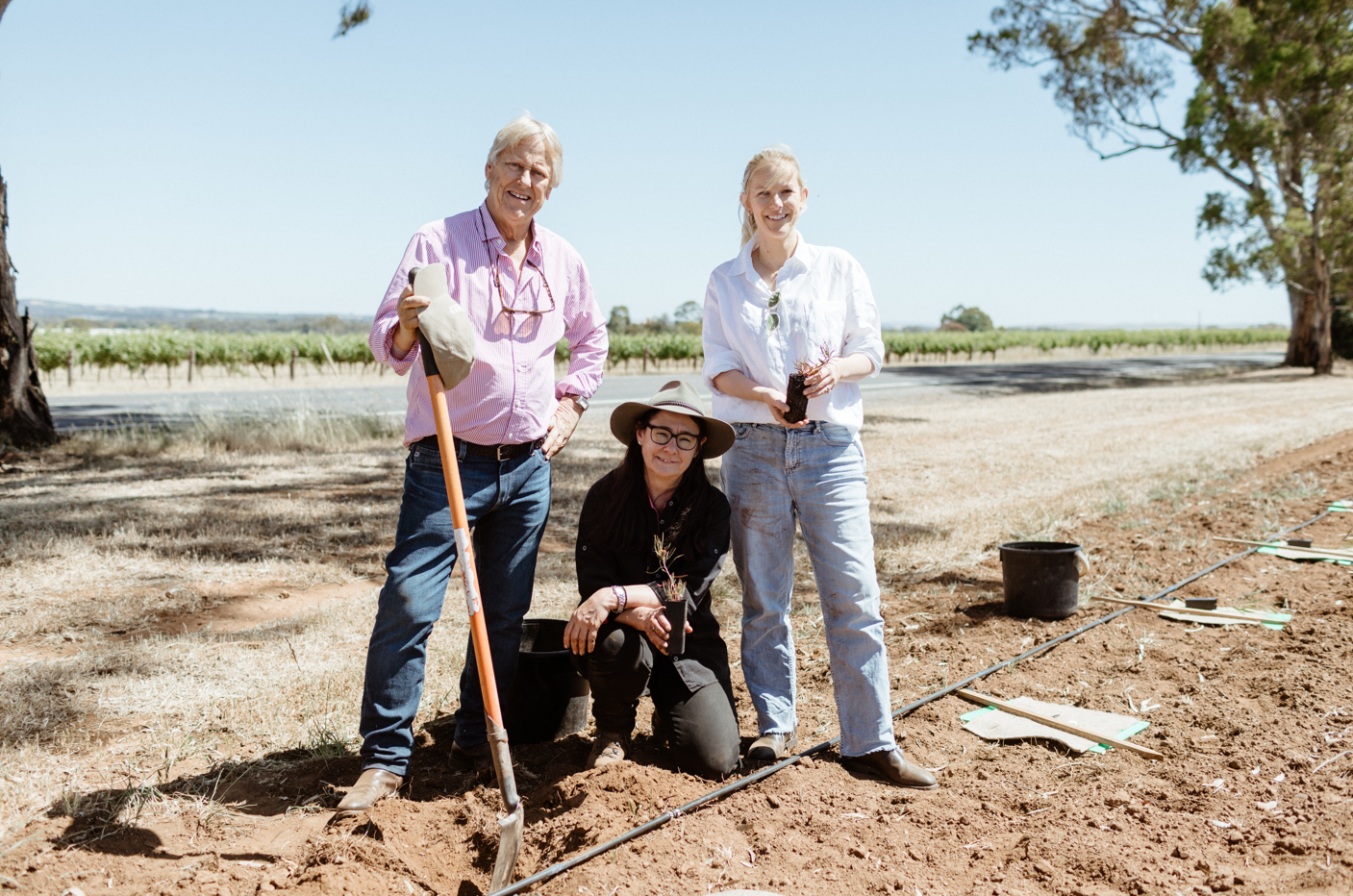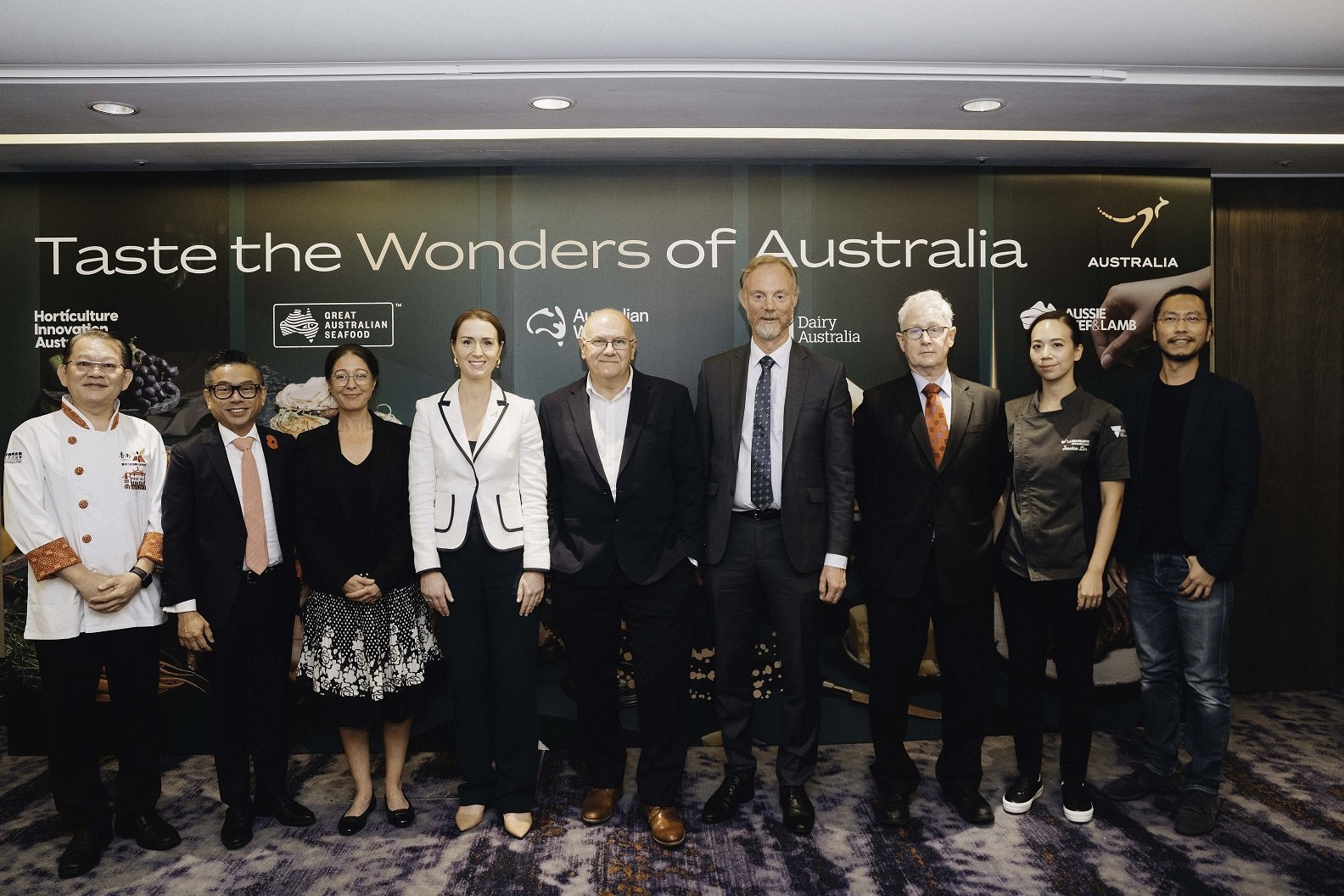On World Water Day Friday 22 March, Treasury Wine Estates (TWE) commemorated passing the 15 year milestone of its Markaranka vineyard wetland rejuvenation project. The project is part of a joint collaboration between the wine producer and numerous environmental bodies and is entirely unrelated to promoting vineyard health.
Since 2009, TWE has donated 795 megalitres of water to the 200 hectare wetland in its Riverland Markaranka vineyard, the equivalent of more than 300 Olympic-sized swimming pools. TWE has also provided direct technical support and maintenance to the project via its local vineyard team.
“As an agricultural business at heart, we’re focused on cultivating a better future – including boosting biodiversity and ecosystem health in the regions where we operate.” said Michael Parks, Global Director of Sustainability at TWE.
“Markaranka is an ecologically significant wetland complex, and we’re proud to be helping create the right conditions for local flora and fauna to thrive. We’re all custodians of our natural environment, and protecting it for future generations is part of our ambition to lead the industry in sustainability.”
The wetland rejuvenation project is one example of TWE’s sustainability program, which prioritises water stewardship as a key area of focus.
“Water is one of TWE’s most critical assets, and we acknowledge the growing urgency for ensuring the availability and security of reliable, high-quality water,” said TWE in its 2023 sustainability report.
TWE also strives to use recycled water in its vineyards where possible and currently captures and reuses 200 megalitres of water per year in its Barossa sites alone. In total, TWE consumed 19,1000 megalitres of water during F23, including 13,400 megalitres, or 75%, in Australia. 3.8% of the water used in Australia was recycled water, 4.6% was municipal water, 26.3% was groundwater, and 65.3% was surface water.
"We manage water at each of our operational sites, and our approach at each site varies, depending on the available water sources, quality of those sources and conforms to any associated regulatory requirements," said the sustainability report.
"We plan to further understand and analyse how water is used seasonally across our sites to make informed water decisions and consequently develop performance targets."
The rejuvenation of the Markaranka vineyard wetland area is part of a joint collaboration project by TWE, South Australia’s Murraylands and Riverland Landscape Board, and the Commonwealth Environmental Water Office. Its goal is to improve floodplain health by simulating the ideal wetting/drying cycle. The Markaranka Wetland Complex is one of several sites that relies on flow from the Murray Darling Basin, however it only becomes inundated if the river system features a daily flow in excess of 70,000 megalitres.
Over its 15 years, the targeted water delivery program has already led to increases in diversity of both flora and fauna, creating a healthier and stronger ecosystem and helping to alleviate environmental stress.
“Healthy tree canopy, lush lignum shrublands and a diverse array of plants supported so much wildlife at Markaranka during environmental watering events and during the flood - a contrast to floodplains that were highly stressed from a lack of water,” said Wetland Ecologist Annie Kriesl.
“Frogs started calling as soon as the pump started and once water levels started to reach fringing vegetation, it was a full-blown cacophony,” added Wetland Ecologist Steph Robinson.
“With prime habitat that’s free of predators, many water-dependent plants and animals have a much greater success rate: it’s just one piece of the puzzle to build biodiversity in the region.”
The complex’s main lagoon is about to undergo a dry phase, mimicking the natural wetlands hydrological cycle. Positive ecological outcomes are expected to continue, with the dry period supporting the growth of germinated seedlings and allowing plants to colonise the wetland bed.
Since 2011, TWE has also been performing ecological work via its North American based Treasury Americas arm through a project striving to increase riverbank health on the Napa River, California. The project is being financially supported by the Environmental Protection Agency, Napa County, CA Coastal Conservancy, CA state Integrated Regional Water Management Grants and CA Wildlife Commission.
The two projects represent a positive example of a large wine producer collaborating with key environmental stakeholders to inspire positive environmental change.
For more information, visit the TWE website.
Share the content
